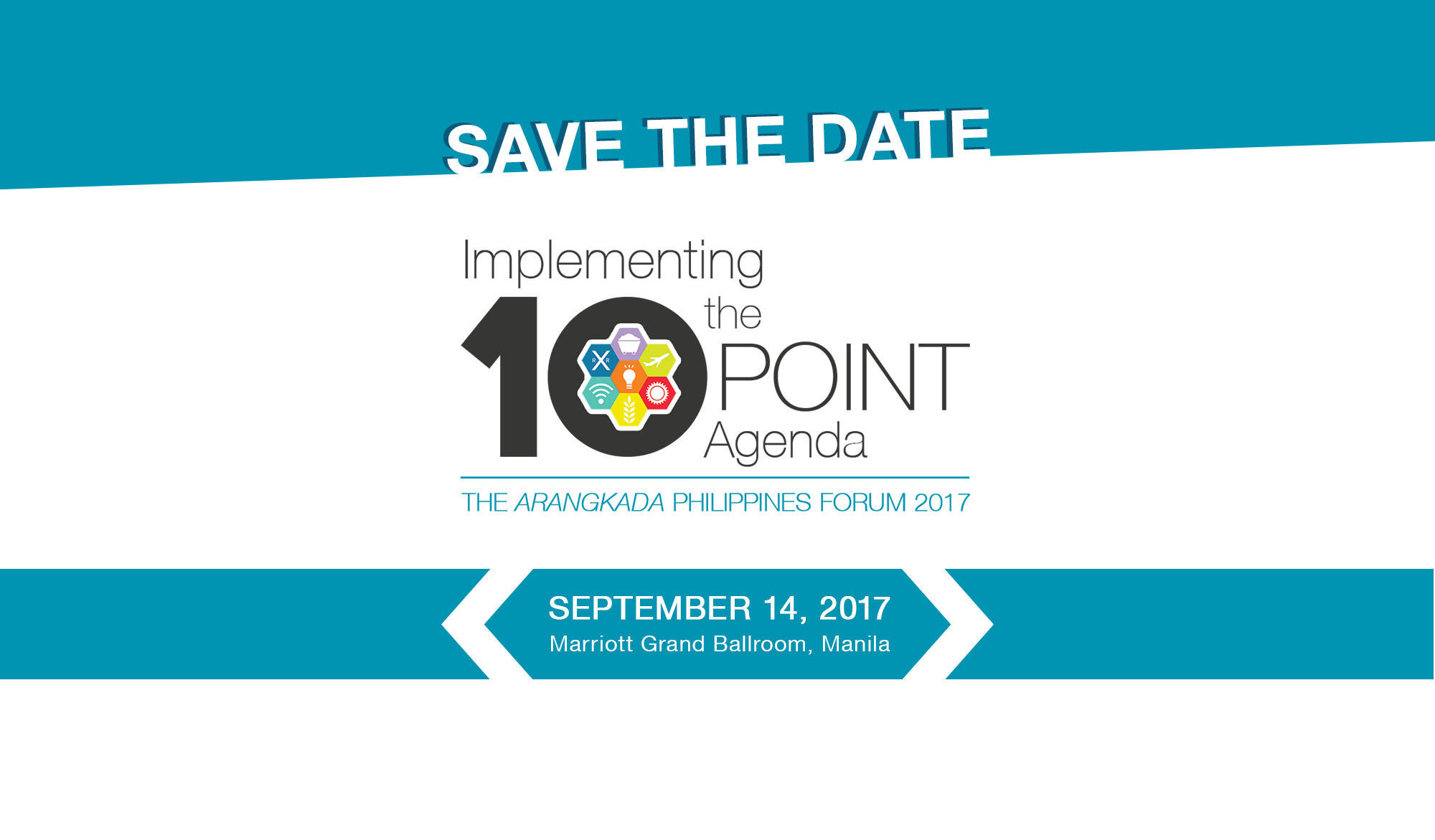By Richmond Mercurio (The Philippine Star) | Updated September 15, 2017 – 12:00am
MANILA, Philippines — The Philippines can easily attract at least $10 billion in foreign direct investments (FDI) annually once existing restrictions and improvement on its overall competitiveness are addressed, the Joint Foreign Chambers (JFC) of the Philippines said.
JFC officials said yesterday while the country may be considered the “rock star of Southeast Asia” as far as economic expansion is concerned, it remains a laggard in terms of FDI due to several factors affecting its business environment.
“The Philippines should receive $10 billion a year. But what is preventing the country’s economy from running on all cylinders? Growth of business processing, manufacturing, and tourism have been high, but the growth of agriculture has been weak and mining has moved backward despite its high potential,” Japanese Chamber of Commerce and Industry of the Philippines president Hiroshi Shiraishi said.
“The really relevant criteria is how we are doing compared with our leading ASEAN neighbors such as Vietnam, Thailand and so on. Our target should be to have at least the ASEAN average in FDI. And we still have a long way to go,” Canadian Chamber of Commerce of the Philippines president Julian Payne said separately.
The country’s net FDI last year zoomed 40 percent to a new record level of $7.9 billion, surpassing the full-year target of $6.7 billion.
“The key point is how quickly the new administration can proceed with its stated intention to remove restrictions of FDIs. There have already been a number of initiatives,” Payne said.
In a new Arangkada Project publication released yesterday, the JFC outlined various recommendations on reducing cost of doing business and increasing competitiveness and ease of doing business in the Philippines.
“There was a lot of concern about the reputation impact of the extrajudicial killings. But most companies have realized that in most sectors, it hasn’t changed the day-to-day operating environment and most companies are pushing ahead,” Australian-New Zealand Chamber of Commerce of the Philippines president Tom Grealy said.
“The underlying economic management is good, and there is fundamental reform coming which will potentially set the Philippines up for the next 20 years, particularly the tax reform so it’s quite actually an exciting time,” he added.
With regard to tax reform, the JFC said concerns have been raised by its members over proposed provisions in the first TRAIN that could have negative effects on business process management, ROHQ, automotive, and beverage firms.
The group said some of these concerns were ameliorated in the House version of the new law, while others may be resolved in the Senate and the bicameral reconciliation process.
“JFC members support taxes that are more progressive than regressive, that incentivize individuals and corporations to work hard to produce income, save, and invest, that impose a significant burden of taxation on consumption, support investment and job creation, support needed physical and social infrastructure programs, and are collected fairly, fully, efficiently, and without corruption,” the group said.
Source: https://www.philstar.com/business/2017/09/15/1739165/least-10-b-yearly-fdi-possible-reforms-jfc


